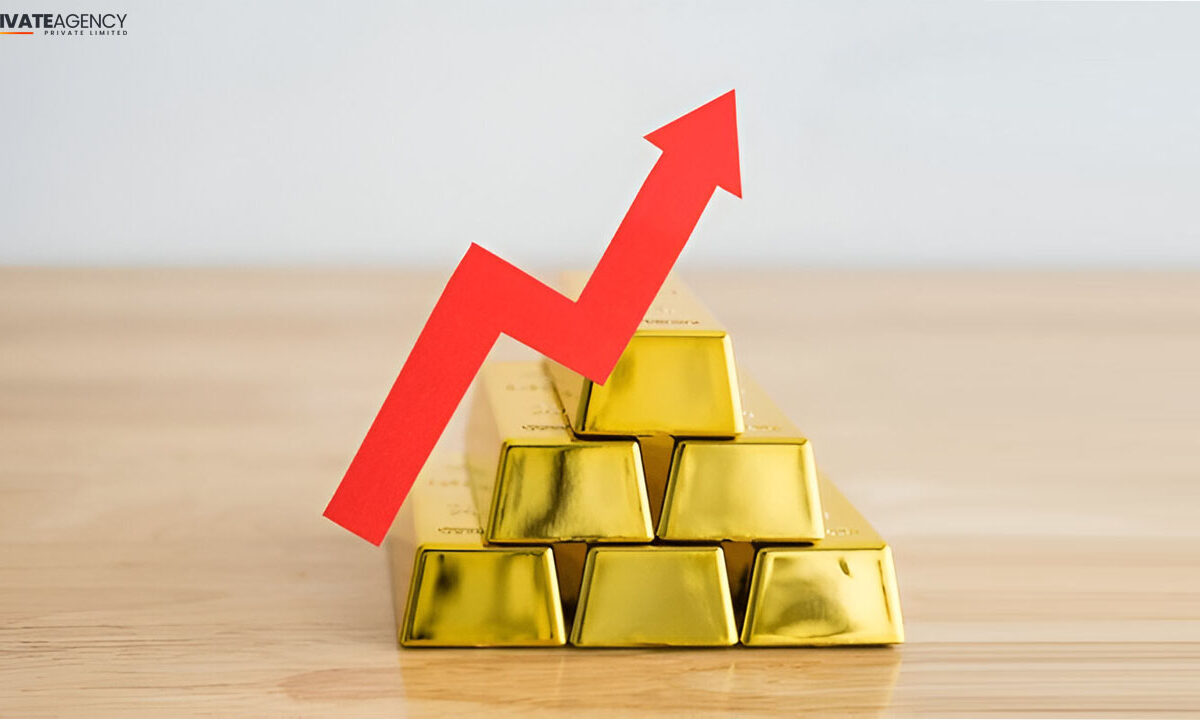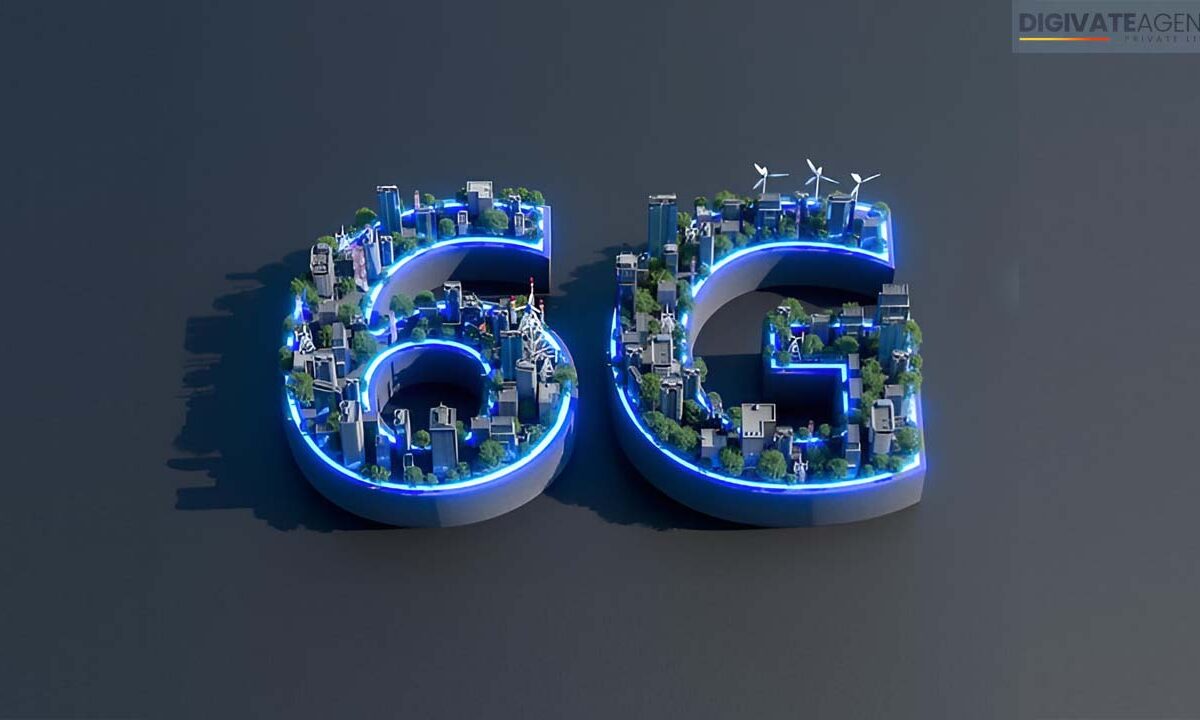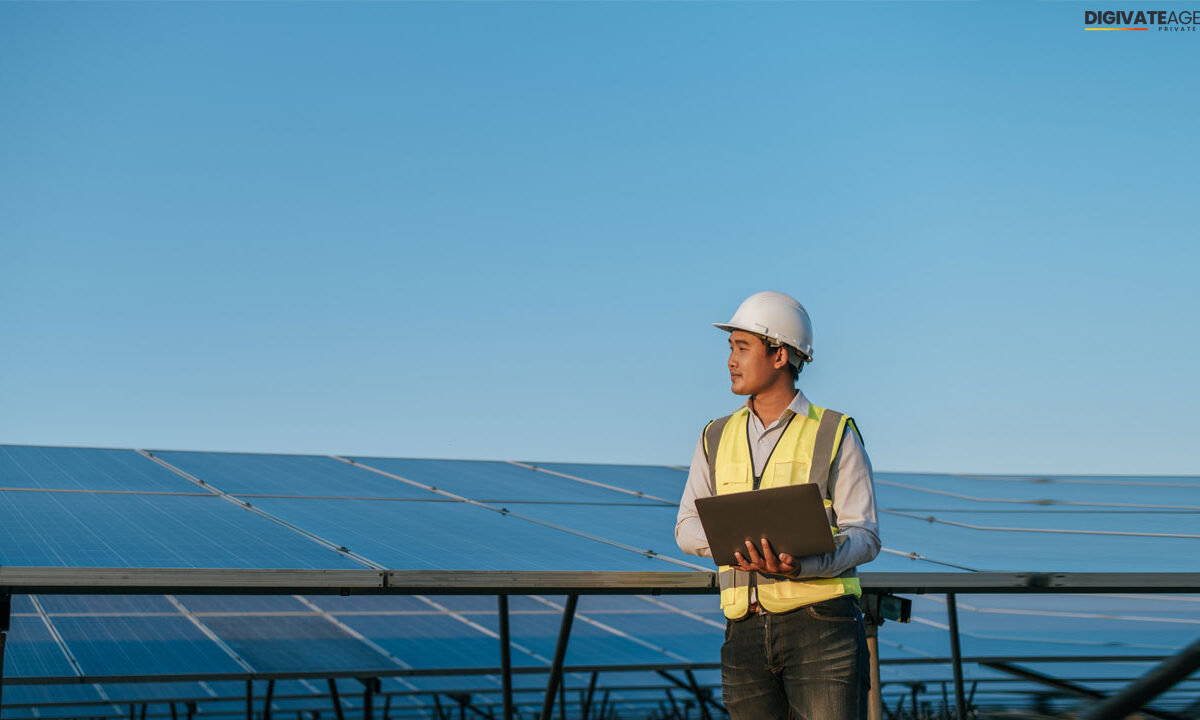The world is witnessing a profound solar energy transformation, as sunlight-powered solutions redefine how we generate and consume electricity. From rooftop panels to utility-scale green plants, clean electricity is no longer a niche concept but a driving force in the global shift toward sustainable power sources.
This blog post explores how solar energy is reshaping the power industry, delivering eco-friendly electricity, fostering energy independence, and paving the way for future-ready clean grids. Backed by credible data and practical insights, we’ll dive into the innovations, economics, and policies propelling this green energy transition, offering you a clear view of why solar is the future of power.
The Rise of Clean Energy and the Fall of Fossil Fuels
Why Traditional Power Models Are No Longer Sustainable
The era of fossil fuels is fading, and for good reason. Coal, oil, and gas contribute heavily to carbon emissions, with the International Energy Agency (IEA) reporting that fossil fuels accounted for 80% of global CO2 emissions in 2024. Climate change, coupled with depleting reserves, has made traditional power models unsustainable. Enter solar energy transformation, offering zero-emission generation that aligns with global net-zero initiatives.
The environmental toll of fossil fuels—air pollution, extreme weather, and resource scarcity—has pushed governments and consumers toward eco energy systems. Solar provides a cleaner alternative, harnessing power from natural light without the harmful byproducts, making it a cornerstone of environmentally safe power.
How Light-Harvesting Technologies Are Filling the Gap
Photovoltaic systems are leading the charge in replacing fossil fuels. These light-harvesting modules convert sunlight into clean electricity, powering homes, businesses, and even entire grids. According to the IEA, global solar capacity grew by 24% in 2024, reaching over 1,300 gigawatts. From rooftop panels to utility-scale green plants, solar is scaling rapidly to meet energy demands.
This shift isn’t just about large projects. Grid-tied home solutions and off-grid power systems are making solar accessible to individuals, reducing reliance on traditional utilities. The rise of smart clean power tech ensures efficient energy distribution, making solar a viable replacement for outdated infrastructure.
The Economics Behind the Green Transition
Falling Equipment Costs and Long-Term Savings
One of the biggest drivers of the solar energy transformation is affordability. The cost of photovoltaic systems has plummeted by 80% since 2010, per BloombergNEF, making rooftop panels and sun-powered infrastructure more accessible. A typical solar installation for a UK home now costs £5,000–£8,000, with domestic energy savings of up to £500 annually on electricity bills.
Tax rebates and incentives further sweeten the deal. In the UK, the Smart Export Guarantee (SEG) allows households to earn money by selling excess clean electricity back to the grid. These energy-efficient upgrades offer long-term financial benefits, making solar a smart investment for green utility solutions.
Job Creation and Economic Benefits
The green energy transition is also a job creator. The International Renewable Energy Agency (IRENA) reports that solar employed over 4.9 million people globally in 2024, from manufacturing to installation. In the UK, the solar sector supports 15,000 jobs, with growth expected as renewable installations expand.
Beyond jobs, solar boosts local economies. Community-driven energy projects, like shared solar farms, empower regions to generate eco-friendly electricity, reducing energy costs and fostering economic resilience. This economic ripple effect underscores solar’s role in the decarbonized grid systems of tomorrow.
Energy Independence: Freedom from Utility Giants
Off-Grid and Hybrid Systems for Homes and Businesses
Energy independence is a game-changer in the solar energy transformation. Off-grid power systems, combining rooftop panels with battery storage, allow homes and businesses to cut ties with utility companies. A 2025 Solar Energy UK report notes that 20% of UK solar adopters use hybrid systems, blending grid-tied home solutions with battery backups for 24/7 power.
These systems are ideal for remote areas or businesses aiming for zero-emission generation. For example, small businesses can save thousands annually by switching to sun-powered infrastructure, reducing reliance on volatile energy markets and achieving domestic energy savings.
Community-Led Microgrids and Shared Infrastructure
Community-driven energy is redefining power distribution. Microgrids—local networks of renewable installations—enable neighbourhoods to produce and share clean electricity. In 2024, the EU supported 200 microgrid projects, powering 1.5 million homes with eco energy systems, per the European Commission.
These decarbonized grid systems foster resilience, especially during outages. In the UK, community solar farms are gaining traction, with groups pooling resources for utility-scale green plants. This collaborative approach amplifies energy independence and promotes green utility solutions at a grassroots level.
Innovations Reshaping Future Infrastructure
Passive Collection and Smart Distribution
Passive energy collection through advanced light-harvesting modules is transforming how we capture power from natural light. Modern photovoltaic systems are 22% more efficient than a decade ago, per IRENA, thanks to innovations like bifacial panels that absorb sunlight from both sides.
Smart clean power tech, including AI and IoT, optimizes energy distribution. Smart meters, used in 70% of UK solar homes (BEIS, 2025), adjust usage in real-time, maximizing energy-efficient upgrades. These
next-gen clean power solutions ensure solar integrates seamlessly into future-ready clean grids.
Battery Storage and Nighttime Reliability
Battery storage is the unsung hero of solar energy transformation. Lithium-ion batteries, like Tesla’s Powerwall, store excess clean electricity for nighttime or cloudy days, addressing solar’s intermittency. A 2025 BloombergNEF report predicts global solar storage capacity will triple by 2030, supporting emission-free electricity.
For homeowners, batteries enhance grid-tied home solutions, ensuring reliability. Businesses benefit too, with utility-scale green plants pairing storage with sun-powered infrastructure to provide consistent power, making solar a dependable sustainable power source.
Policy, Regulation, and Government Incentives
Global Net-Zero Targets and Green Roadmaps
Governments worldwide are accelerating the green energy transition through net-zero initiatives. The UK’s 2050 net-zero target relies heavily on renewable installations, with solar expected to supply 15% of electricity by 2030, per the National Grid. Globally, 70% of countries have solar incentives, per the IEA, driving adoption of eco-friendly electricity.
Policies like the EU’s Green Deal and China’s 2060 carbon-neutral goal prioritize sunlight-powered solutions. These frameworks encourage investment in next-gen clean power, ensuring solar plays a central role in decarbonized grid systems.
Subsidies, Credits, and Funding Opportunities
Incentives make solar accessible. In the UK, VAT exemptions on rooftop panels and SEG payments reduce costs, while the US offers a 30% federal tax credit for solar installations (IRS, 2025). Developing nations benefit from World Bank-funded off-grid power projects, bringing clean electricity to 100 million people by 2024.
For businesses, grants for utility-scale green plants and green utility solutions lower upfront costs. These incentives make solar a practical choice for achieving energy independence and environmentally safe power.
Case Studies: Real-World Impact
Rural Electrification Projects
Solar energy transformation is lighting up underserved regions. In Sub-Saharan Africa, off-grid power systems have electrified 50 million households since 2020, per the World Bank. Solar mini-grids, using light-harvesting modules, provide emission-free electricity to remote villages, boosting education and economic opportunities.
In India, the Solar Mission has installed 40 GW of renewable installations, powering rural schools and clinics with eco energy systems. These projects showcase solar’s ability to deliver sustainable power sources where grids don’t reach.
Smart Cities and Eco-Neighborhoods
Urban areas are embracing solar through smart clean power tech. Copenhagen’s Nordhavn district, a 2025 smart city model, uses sun-powered infrastructure to power 40,000 homes, per the EU. Community-driven energy initiatives, like shared rooftop panels, reduce emissions and costs.
In the UK, eco-neighbourhoods in London integrate grid-tied home solutions with microgrids, achieving 30% domestic energy savings (BEIS, 2025). These projects highlight solar’s role in building future-ready clean grids.
Common Questions from Homeowners and Businesses
Is Switching to Renewable Electricity Worth the Cost?
Solar energy transformation is cost-effective, with rooftop panels saving £300–£500 annually in the UK. Incentives and falling photovoltaic system costs make it a smart investment.
How Long Do Light-Powered Panels Last?
Modern light-harvesting modules last 25–30 years, per Solar Energy UK, delivering reliable clean electricity with minimal maintenance.
Can I Power My Entire Home with It?
Yes, grid-tied home solutions with battery storage can power most homes, especially with energy-efficient upgrades and proper sizing.
What Happens During Cloudy Days or at Night?
Battery storage and smart clean power tech ensure emission-free electricity is available 24/7, with grid backup for sun-powered infrastructure.
Are There Any Government Rebates or Incentives?
UK’s SEG and VAT exemptions, plus global tax credits, make renewable installations affordable, supporting net-zero initiatives.
Final Thoughts: Why Clean Power Is the Future
The solar energy transformation is reshaping the power industry, delivering eco-friendly electricity, energy independence, and zero-emission generation. From rooftop panels to utility-scale green plants, solar offers economic savings, environmental benefits, and resilience. As future-ready clean grids take shape, now’s the time to assess your energy footprint and explore sunlight-powered solutions.
Consider contacting a local solar installer to evaluate grid-tied home solutions or community-driven energy options. The future is bright, and solar is leading the way.




